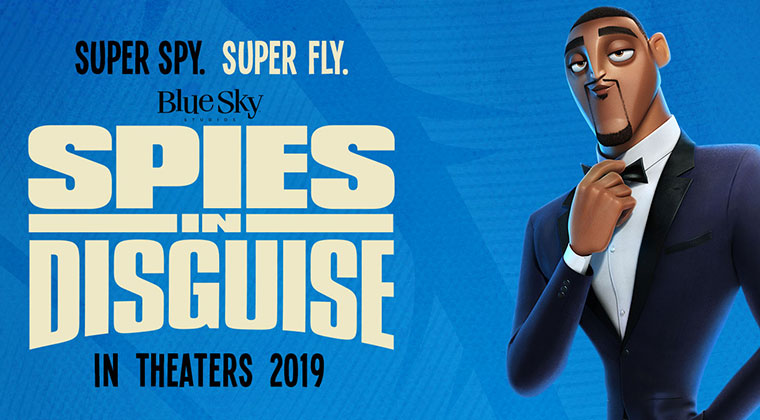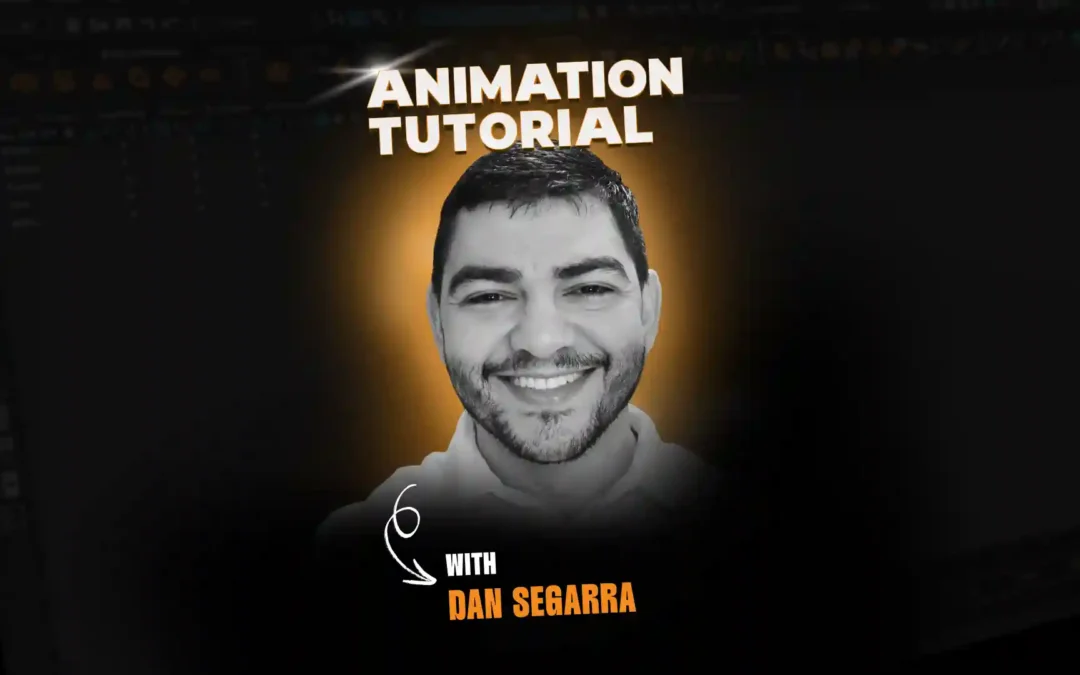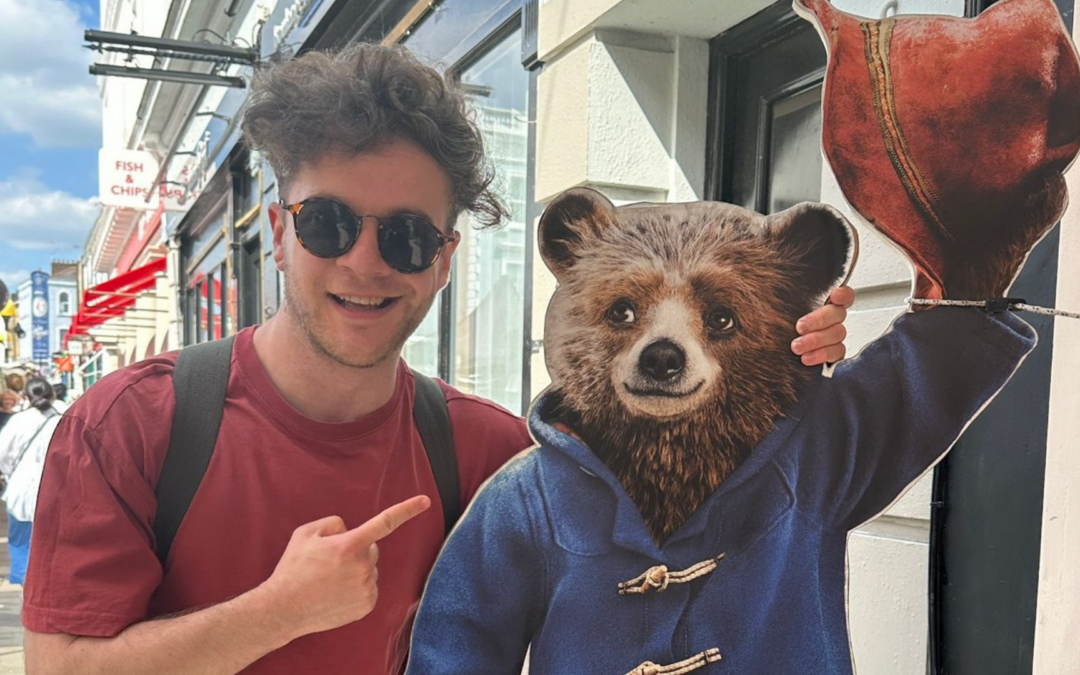For most animation I find that after I have my blocking pass done is a great time to put away the reference.For most animation I find that after I have my blocking pass done is a great time to put away the reference. This is especially true in stylized or feature style animation. For VFX work pulling more details from the reference is very useful, so it may play a bigger role. Once I have my key poses in place (and sometimes after my main breakdown poses) I like to step back and simply watch it as a piece of animation without the reference. This allows me to evaluate the timing and posing without the restrictions of realism. I’ll push and pull my timing, spacing, and posing before splining the animation. While I usually go through most of my breakdowns and splining process without reference, I will go back to it if a beat in the animation isn’t feeling right. It’s very common for me to go back and shoot another small piece of reference for a gesture or acting moment when I need to get very specific. They key is to use your reference as a foundation to build on in your animation, but to not be so precious about the reference that you don’t utilize your eye as an animator or restrict your creativity. What type of shots should we have in a reel to get into feature animation? Dan Segarra: Bottom line, the types of shots on your reel should reflect a solid grasp of body mechanics and acting performance. If your work shows that you apply these elements well, then your work will be received well. Some examples of these shots are those that show some physical activity, pantomime shots, shots with dialogue where a character expresses a range of emotions, and shots strung together in a cinematic way that tells a story. The assignments at Animation Mentor take this into consideration so you could focus your efforts on improving the skill sets that the studios look for.

Blue Sky Studios’ newest film Spies in Disguise
I don’t think you necessarily need to wait until a studio is actively hiring to send in your reel. Of course you have a better chance of being hired during those times, but last minute positions open up all the time.I don’t think you necessarily need to wait until a studio is actively hiring to send in your reel. Of course you have a better chance of being hired during those times, but last minute positions open up all the time. If your work is great they will notice, and if the timing isn’t quite right they will keep you in mind for the future. I’ve had many instances where a studio has reached out to me 6 months or even a year after I submitted my work to ask for an interview. I would recommend that you don’t constantly send your work to the same studio every couple of months, especially if there hasn’t been a significant change in your reel. Once every six months or so is definitely the most often I would submit. Obviously if you see a post that a studio is hiring send in your reel. Just make sure you aren’t flooding them so they don’t look at your reel again when you’ve updated it. Don’t be afraid to apply. You’ll be surprised at what opportunities come your way!! What is more important for a job candidate – past professional experience as a character animator and a good reel or not as much professional experience but a great reel? Dan Segarra: A great reel will always be desired by a studio. However, professional film experience tells the studio that you’ve animated in a production environment. They both play a part when a studio is looking to hire but as a job candidate, focus on making sure your fundamentals are solid and your character animation shows a high level of quality. Thank you to Travis & Dan for sharing such wonderful stories and advice! Make sure to check out both of their classes.
As requested, here’s where you can see their animation: Travis Tohill’s Demo Reel Dan Segarra’s Demo Reel Looking for even more animation advice? Read on: How to Become an Animator with Sir Wade Neistadt: A YouTuber’s Journey Is Your Demo Reel Ready for a Major Studio? What Does a Game Animator Do? Demo and Q&A with Skylar Surra



